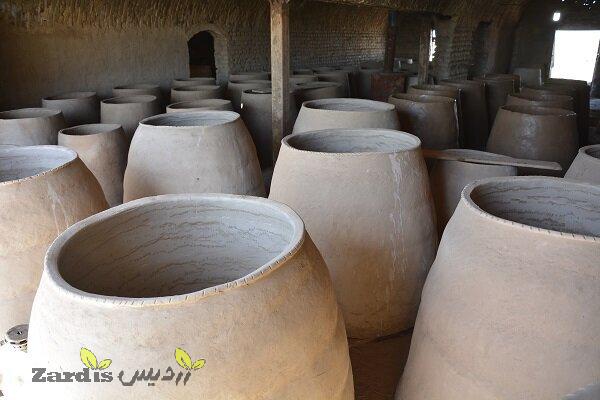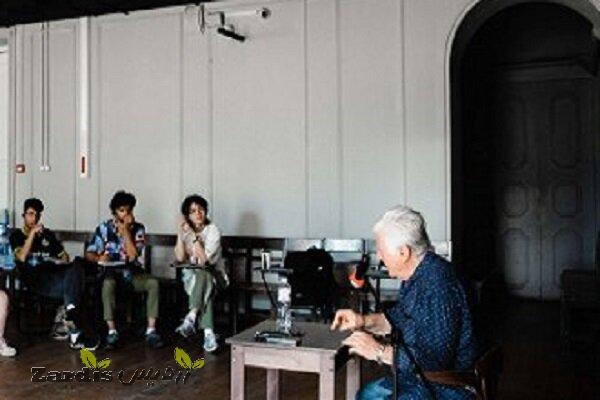TEHRAN – The traditional skill of making giant earthen tandoors, which have long been practiced in the city of Ferdows, eastern province of South Khorasan, has won national cultural heritage status, a local tourism official has announced.
Tandoor making is the practice of making traditional and home bakery ovens out of clay, which has been around for more than 300 years, ISNA quoted Seyyed Ahmad Barabadi as saying on Saturday.
Tandoors are made with clay, straw, sand, and water in very precise proportions that have been tested experimentally by the region’s veteran artisans, the official added.
Identifying good clay soil for tandoor making and processing clay in preparation for making tandoors show the talent, ability, and rich experience passed from generation to generation in Ferdows, he noted.
Furthermore, he added that the durability and long-term use of Ferdows tandoors, which have been in use for more than 50 years and are efficient, is another feature of these tandoors.
This is a result of the full cooking of the tandoors in the furnaces, which affects the strength of the tandoors and the quality of the bread they produce, he explained.
The word tandoor comes from the Hindi and Urdu languages, which came from Persian Tanour and Avestan language Tanoura, which all mean clay ovens.
A Tanuor is a cylindrical clay used in baking bread and cooking. The heat for a Tanour was traditionally generated by a wood fire or dried Dermaneh (a plant entitled Silver Mound) or dried feces of cows which were common among Turkmen people in the north of Iran, Gorgan plain. And perhaps are used charcoal in other areas.
To make a traditional Tanour, the soil must be well sifted and dried so that future moisture does not cause the Tanour to crack; after the soil is completely dry, water is added to it and mixed. After the mud is made, goat hair is added to it by hand and mud cylinders are made of it; goat’s hair makes the clay more durable and prevents it from cracking.
The clay cylinders are then cut into equal halves and, after combining, form a complete circle. The circles are stacked one by one, and after the height of the Tanour reaches the appropriate size, the inside and outside of it are smoothed with a putty knife; when the work is done, the Tanour should be well dried so that it can be used for many years to bake traditional bread.
South Khorasan is home to many historical and natural attractions such as Birjand Castle, Dragon Cave, Furg Citadel, and Polond Desert. It is also known for its famous rugs as well as its saffron and barberry which are produced in almost all parts of the province.
ABU/AFM
Zardis news | The latest news of Iran and the world
تمامی حقوق مطالب برای "Zardis news"محفوظ است و هرگونه کپی برداری بدون ذکر منبع ممنوع می باشد.
طبق ماده 12 فصل سوم قانون جرائم رایانه ای کپی برداری از قالب و محتوا پیگرد قانونی خواهد داشت.







